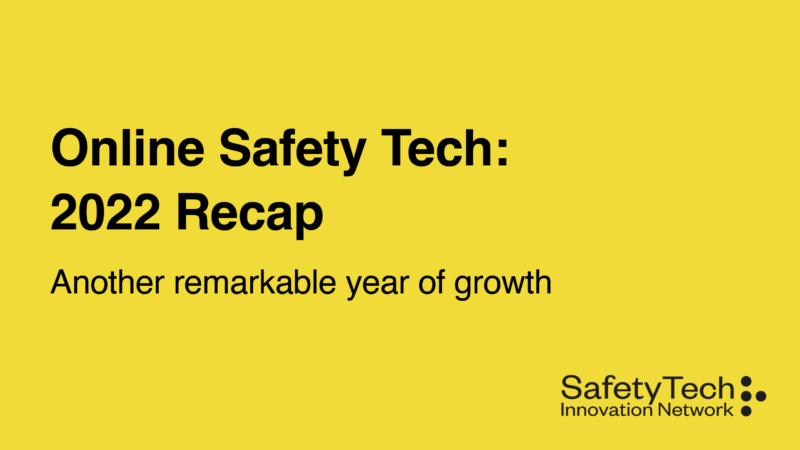Three successful projects participating in the second Safety Tech Challenge Fund
CameraForensics, VistalWorks, and the Centre for Factories of the Future have been successful in their bids to participate in the second Safety Tech Challenge Fund which is focusing on tackling the sharing of links to child sexual abuse material (CSAM).
Following the successful first round of the Safety Tech Challenge Fund, which concluded in March 2022 and focussed on detection of child sexual abuse imagery in end-to-end encrypted environments, the Department for Science, Innovation and Technology (DSIT) has launched the Safety Tech Challenge Fund 2 (STCF2). Delivered in partnership with GCHQ and the Home Office, and with support from the Innovation Hub at the Information Commissioner’s Office (ICO), this fund is supporting the development of innovative solutions to keep children safe online.
STCF2 will focus on tackling the sharing of links to child sexual abuse material (CSAM) online. Sharing CSAM links is becoming increasingly used by perpetrators of child sexual abuse. It creates a false sense of security on the part of the perpetrator as it reduces the need to store content on personal devices which is seen as increasing plausible deniability of criminal activity. Links are traded amongst offenders, with evidence suggesting they are treated as currency within offender communities, and this link trading is monetised through reward and invitation schemes.
Offenders are increasingly developing methods to obfuscate these links and impede law enforcement efforts to prevent the sharing of CSAM and detect perpetrators. These include: using link shortening services; sharing partial links without the domain name; inserting extra characters or spaces into the link; and embedding links in ‘preview’ videos so that the links themselves are not clickable and consequently less identifiable.
The danger posed by link sharing of CSAM is potent and growing. STCF2 is supporting innovation and collaboration to address this societal problem by distributing over £350,000 in grants to fund three selected projects that are specifically looking at detecting and disrupting the practice. They will run from June this year until the end of February 2024, with DSIT and its partners the Home Office, GCHQ and the ICO offering support and guidance to fund recipients.
Details of the three projects are as follows:
Centre for Factories of the Future – ‘CSAMGuard’
This project aims to enhance online safety by addressing the modification and distribution of CSAM links through the utilisation of advanced machine learning-based models. This will be achieved by developing state-of-the-art systems engineered to detect, disrupt, and report CSAM links to the relevant authorities. The project encompasses the development of two distinct yet interlinked systems, a robust server-based solution and an innovative local router scanning system. These systems will be strategically designed to collaborate seamlessly, guaranteeing a comprehensive approach to scanning, blocking, and expeditiously reporting of potential CSAM links.
Vistalworks – ‘Applying methods & lessons learned from online illicit trade detection to CSA text links’
Vistalworks is building on its previous work detecting online illicit trade, and will focus on tackling the sharing of CSAM links on the open web where links are traded, offenders are sign-posted elsewhere, and potential abuse targets are identified. By applying approaches previously used for combating illicit online trading on public platforms, it will identify CSAM links (including those that have been modified) and generate reports for moderators.
CameraForensics – ‘LinkForensics’
CameraForensics is developing a system that can automatically analyse the context, routing and destination content of shared links to identify features that are potential indicators of CSAM sharing. Combining new and existing tools, such as media and text classifiers, the system will create an algorithm that can be deployed within a content moderation process to quickly determine the likely intent of a given link so that appropriate action can be taken.
To read more about the Safety Tech Challenge Funds, please see relevant articles below.



